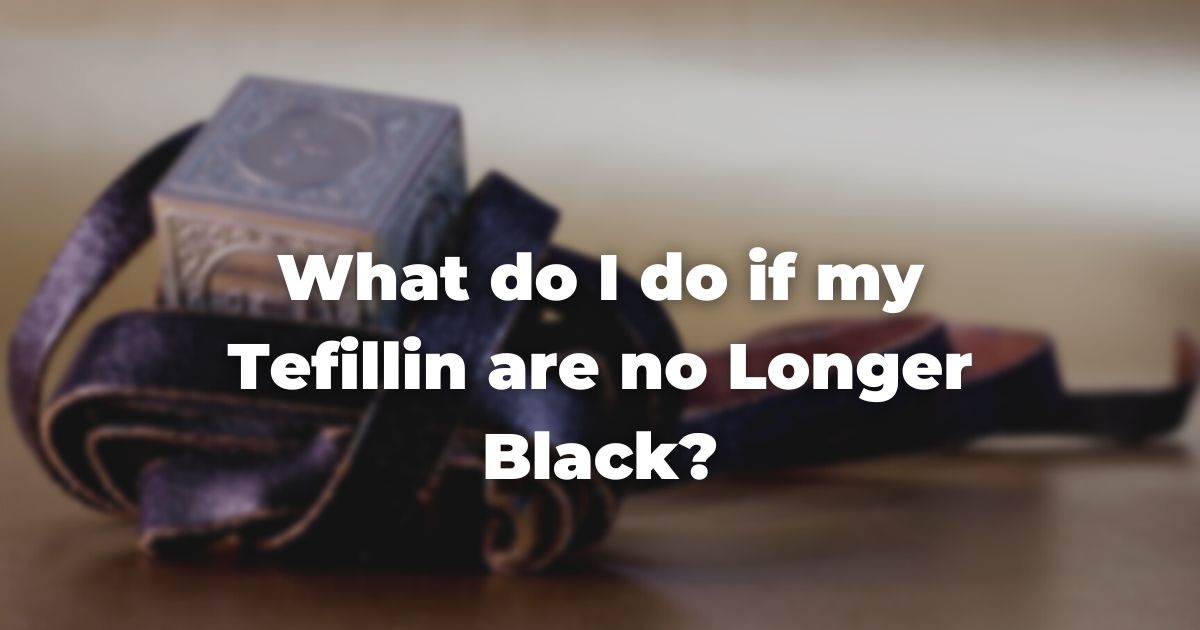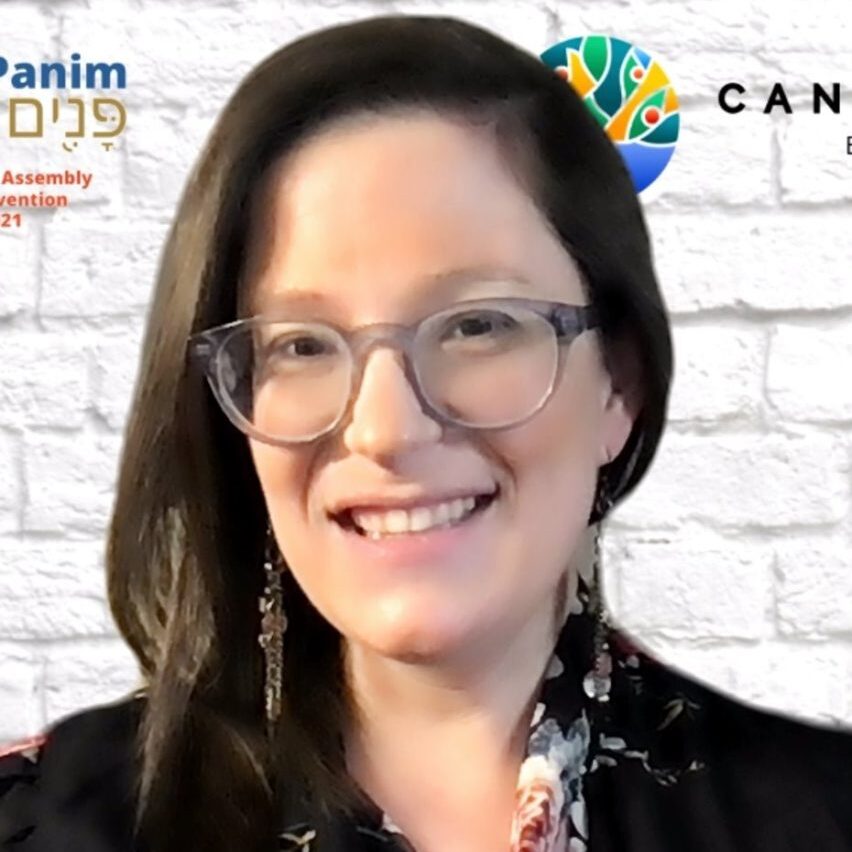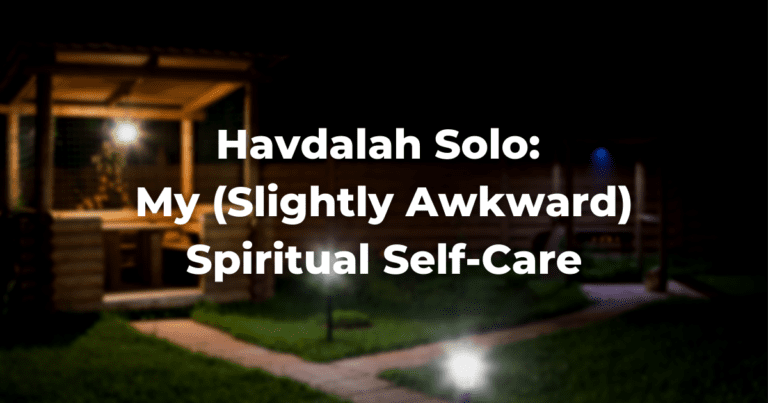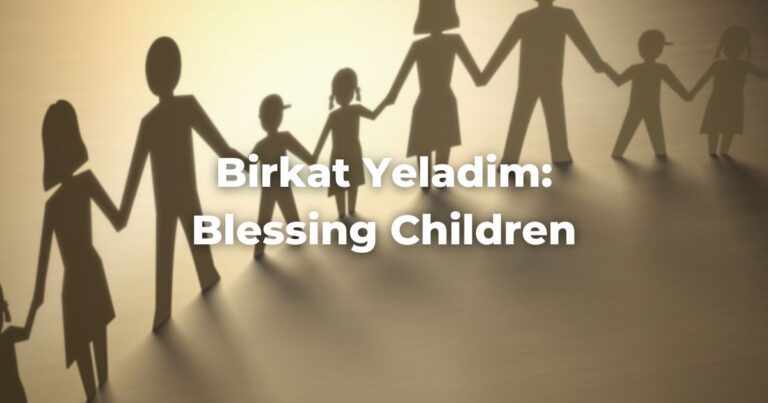For those who wear tefillin – whether on rare occasion or every Jewish weekday – there is a rhythm to donning the special amulets.
The very first step in that rhythm is opening the tefillin bag and pulling out the shel yad, the piece that will be bound at the crook of the arm. There is a quiet meditative noticing in this initial practice with the garb: rolling up one’s sleeve; unraveling the wrapped straps (retzuot) from around the box (bayit).
My own pair of tefillin are inherited, one of two pairs that have been passed down through my father’s side of the family.
A few months ago, I took note that the boxes on both the arm and head tefillin had begun to significantly wear. Their integrity as kosher containers was fine, and nothing was bent or frayed. But the color was worn in spots to near translucency.
There were places where the tefillin were no longer black, but nearly see-through.
Many of us who are privileged to have the budget for refreshing our wardrobe a few times a year treat worn garments as destined for donation or recycling. Tefillin are a sacred exception. What these phylacteries needed was a good thick coat of paint.
Unlike my kitchen – which I also recently painted – I assumed there were rules, halakhot, and rituals that governed how to retouch the black paint on the tefillin. As a ritualist, I was intrigued, and even excited to find a ritual gap: a place where ritual didn’t exist, but it certainly could.
There are a few elements of repainting tefillin that are, in fact, fixed by the tradition: that the paint itself be mehudar, specially designated for a task like this one; that one must recite l’shem kedushat tefillin – for the sake of the sanctity of tefillin – with the stroke of the brush.
In these ways both materialistically and liturgically, the one who repaints their tefillin must approach the artistic task with intentionality.
The ink and the mantra are the minimum, the floor, for the ritual script that could govern a moment of repainting tefillin.
I might dedicate each stroke to a different person who has supported my journey in prayer spaces. I could bring my child(ren) to recite the first paragraph of the Shema while completing the task as a reminder of the biblical commandment from which this artifact stems. Or there might be an exchange: I could come together with a dear hevrutaA study partner. A hevruta is more than just a ‘study buddy’ it is a serious and personal relationship between colleagues. Also spelled: Havruta Read more, a learning partner, and repaint their tefillin while they repaint mine.
In a few weeks, our community will host a Repainting Our Tefillin event. Circled around tables covered in butcher paper, community members from all walks of life will come forward to refresh and rededicate their holy garb. The exact script of that event will develop depending on who attends, as there is something necessarily organic about ritual design.
Just like tefillin, there is so much each generation wishes to pass on to the next, and that requires regular refreshing.
The 15th century author of Akeidat Yitzchak, Rabbi Arama of Spain, wrote that it’s impossible for us to be commanded to remember, so we are instead commanded to do things that jog our memory.
We place the tefillin on our head so that we might recall both God’s unconditional love as well as the rules set out for us as humans and as Jews. A new ritual to repaint tefillin is meant to remind us that we are in relationship with our phylacteries, both inherited and intended for inheritance.
Just a bit of paint and a lot of heart, and the sparkle will return to this remarkable piece of ritual wear.
For more information about the ritual renaissance and Rabbi Cantor Hillary Chorny’s work in this realm, please visit www.reinventingritual.org.
Author
-

Rabbi Cantor Hillary Chorny is the Cantor at Temple Beth Am in Los Angeles, California. She completed her cantorial investiture, rabbinical ordination, and a Masterʼs degree in Sacred Music at the Jewish Theological Seminary before joining the staff of Temple Beth Am in August, 2014. For several years, Hillary has co-produced the Sacred Sounds Unbound concert series with burgeoning Jewish music artists and the Kol Tefilla conference on prayer experiences with United Synagogue of Conservative Judaism. Hillary is an instructor for first year students at the Ziegler School of Rabbinical Studies. She is an avid writer, and is currently writing a book about reinventing ritual. She and her husband, Rabbi Daniel Chorny enjoy learning together with their two children, Ella and Yossi.
View all posts https://instagram.com/icedamericantor






